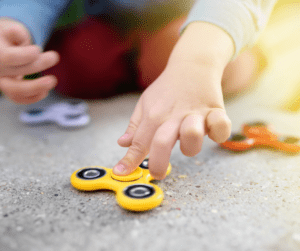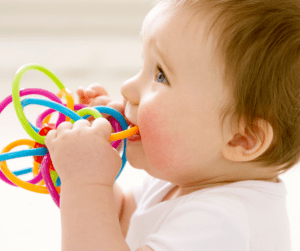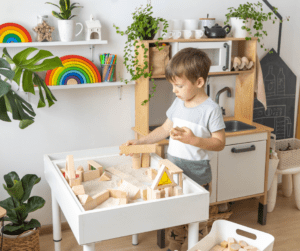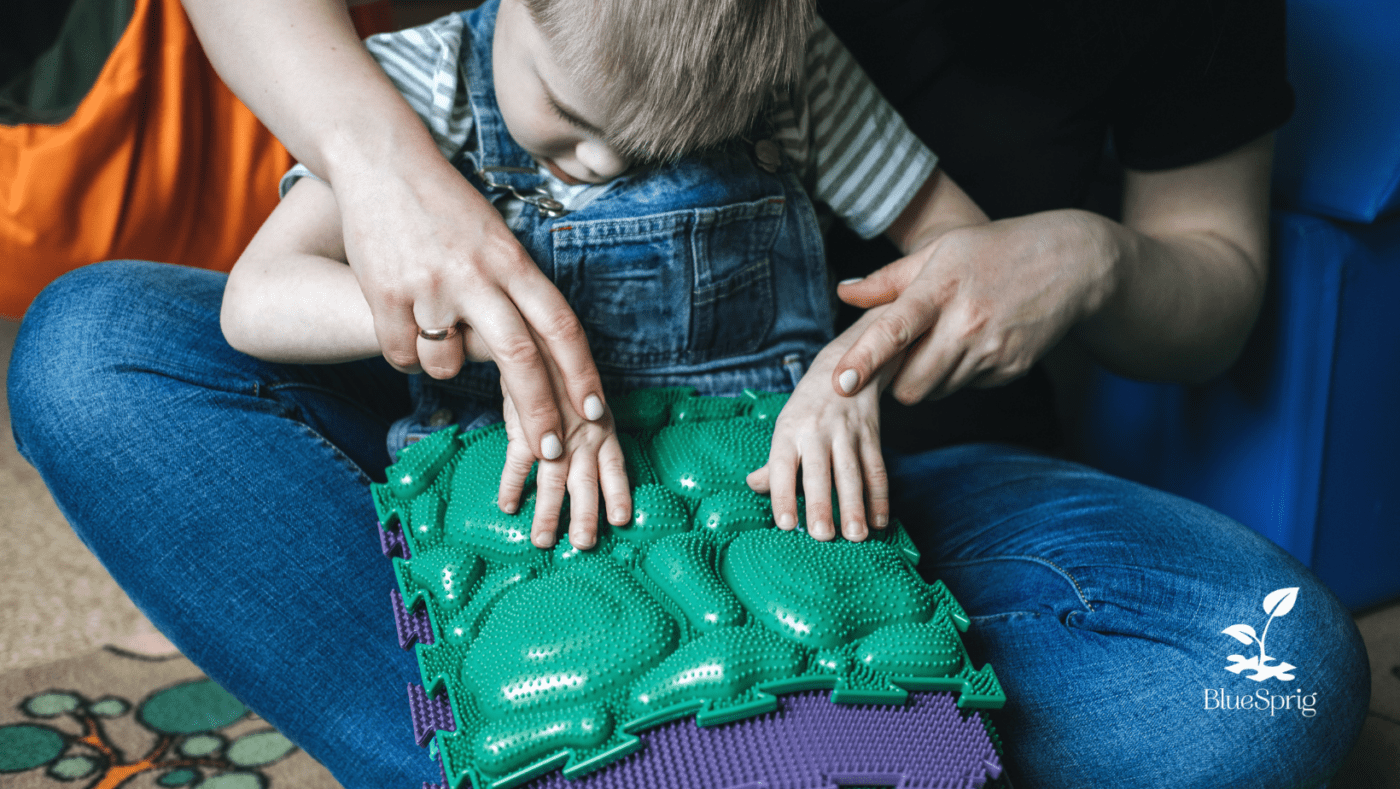A parent’s guide to the world of sensory play and toys for kids with ASD
Navigating the long list of options of sensory toys for autism might feel overwhelming. These toys are not just things to play with; they are crucial tools designed to help children with autism engage with their senses in a meaningful way. Sensory toys offer a unique combination of engagement and therapy, allowing children to experience calming effects while also reducing their risk of sensory overload.
This guide will help you understand the value of sensory autism toys and how to choose the right ones for your child.
Major Advantages of Sensory Toys
 Sensory toys offer tangible benefits for children with autism by helping them to feel calm and focused. These toys provide various types of sensory input, which can be soothing during stressful moments. By stimulating multiple senses—such as touch, sound, and sight—sensory toys create an environment that helps children maintain their attention and concentration.
Sensory toys offer tangible benefits for children with autism by helping them to feel calm and focused. These toys provide various types of sensory input, which can be soothing during stressful moments. By stimulating multiple senses—such as touch, sound, and sight—sensory toys create an environment that helps children maintain their attention and concentration.
One key advantage of sensory toys is their ability to reduce sensory overload. Many children with autism experience heightened sensitivity to sensory stimuli, which can lead to feeling overwhelmed. The best sensory toys are designed to manage these experiences by offering controlled sensory input, making overstimulation less likely. Being able to control these inputs helps children feel more comfortable and secure in their surroundings.
Another benefit is self-regulation. Children can use sensory toys to manage their own emotional and sensory needs. For example, a child might use a fidget spinner to help them focus, or a weighted blanket to achieve a sense of calm and relaxation. These tools can be essential for helping children navigate challenging environments and situations.
Sensory toys can also enhance motor skills and coordination. Toys like sensory balls or textured objects encourage physical interaction, which can improve fine and gross motor skills. This physical engagement not only supports sensory processing but also aids in overall physical development.
10 of the Best Sensory Toys for Kids with Autism
- Fidget toys, including spinners, can improve focus and help children calm down during stressful times.
- Weighted blankets are known for providing a sense of security and aiding in relaxation and sleep. Just be sure to do your research to make sure the blanket you choose is an appropriate size and weight for your child.
- Sensory balls, available in different textures and sizes, are excellent for tactile stimulation and physical engagement, helping children calm their senses while being active.
- Chewable jewelry is another fantastic option, offering oral sensory input that can be soothing for children who have a need to chew.
- Noise-canceling headphones are valuable for children sensitive to auditory stimuli, providing a quieter environment that helps reduce sensory overload.
- Kinetic sand can be a wonderful tool for both tactile and visual stimulation, allowing children to mold and shape while feeling the unique texture of the sand.
- Visual timers are also highly effective, giving children a visual representation of time passing, which can help with transitions and reduce anxiety.
- Liquid motion bubblers provide a calming visual experience that can help children focus and relax.
- Textured mats or sensory paths can be great for children who benefit from engaging their whole body in sensory activities.
- Sensory swings address several different sensory inputs, offering motion for vestibular inputs as well as compression for calming, both of which help with self-regulation.
Guidelines for Selecting the Right Toys
 When selecting sensory toys for your child, it’s important to take their unique sensory preferences and reactions into account. Each child with autism may respond differently to various types of sensory inputs, so observe what types of stimulation—such as tactile, visual, or auditory—your child is drawn to or avoids. This will help you choose toys that they find engaging and soothing.
When selecting sensory toys for your child, it’s important to take their unique sensory preferences and reactions into account. Each child with autism may respond differently to various types of sensory inputs, so observe what types of stimulation—such as tactile, visual, or auditory—your child is drawn to or avoids. This will help you choose toys that they find engaging and soothing.
Focus on safety and durability. Sensory toys should be robust enough to handle vigorous play and free from harmful materials. Look for toys that are BPA-free, non-toxic, and easy to clean. It’s also crucial to ensure that the toys do not have small parts that could pose a choking risk. Additionally, always check the recommended age range on the packaging to ensure the toy or item is suitable and safe for your child’s age group.
Consider the practical aspects of the toys as well. Some sensory toys are designed for on-the-go use, which can be beneficial for calming your child in different settings. Portable items like fidget spinners, chewable jewelry, or small sensory balls can be easily carried around. For home use, larger items like weighted blankets or sensory mats can provide more comprehensive sensory experiences.
Consulting with Professionals
 Therapists who work with children with autism, like the BCBAs and RBTs at your BlueSprig clinic, bring a wealth of knowledge about the specific sensory needs and preferences of each child. These professionals can offer targeted advice on which sensory toys are likely to be the most beneficial.
Therapists who work with children with autism, like the BCBAs and RBTs at your BlueSprig clinic, bring a wealth of knowledge about the specific sensory needs and preferences of each child. These professionals can offer targeted advice on which sensory toys are likely to be the most beneficial.
If your child has preferences for certain sensory toys, their RBT or BCBA might work with you to incorporate these sensory tools into a behavioral intervention plan. Consulting with your child’s therapist can also help you understand how to use sensory toys effectively within a structured routine. Therapists can provide guidance on integrating these toys into daily activities, ensuring that they serve both therapeutic and recreational purposes. They can also help you monitor your child’s progress and make adjustments as needed.
